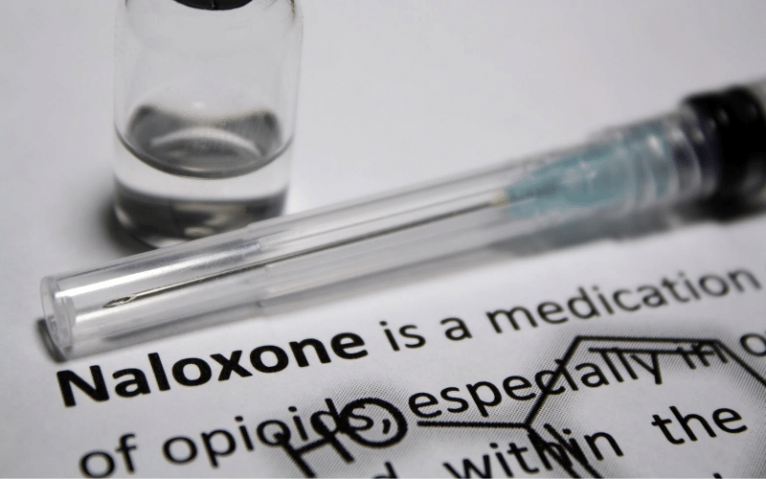Reversing Overdose Trends in the United States
Since the late 1990s, overdose rates have increased in the United States. Opiates like painkillers and heroin almost entirely drive this trend. As a result, organizations continue to work to target the availability of lifesaving overdose-reversing drugs appropriately.
Fortunately, reversing overdose trends in the county is possible. Thus, combining the use of Narcan, education, prevention, and treatment can slow the tide and save countless lives.
Signs of an Overdose
Opiates slow down the brain and body. As a result, when someone takes too much of an opioid, their respiratory rate can slow and even stop. When this happens, the person is experiencing an opiate overdose and needs immediate medical attention to survive and prevent long-term damage.
Signs that someone is overdosing on opiates include:
- Losing consciousness or being unresponsive
- Slowed or stopped breathing
- Blue, purple, or gray skin tone
- Inability to speak
- Choking or gurgling noises
- Nausea and vomiting
- Limpness
- Slowed pulse or lack of pulse
If you recognize these signs, it’s essential to contact emergency medical services or 911 immediately.
Reversing Overdose with Narcan
Fortunately, reversing overdose is possible with Narcan (naloxone). Generally, this drug works by attaching to the same receptors that opiates attach to in the brain. It works by replacing the opiate molecules, resulting in a reversal of the overdose process. Narcan, or naloxone, comes in injection, nasal spray, and muscular injection form. Different formulations have different strengths, and some are easier for others to use.
In many states, including Florida, someone can purchase Narcan at a pharmacy without a prescription. Stores like Walgreens and CVS keep the drug in stock and can teach you how to use it properly. Also, most formulas require someone to inject a nasal spray into the nostril or push a button that injects Narcan into the muscle.
Because of the way Narcan works, it can have some side effects. When Narcan forces the opiate molecules off of the brain’s receptors, the brain experiences withdrawal, the medication can cause muscle aches, nausea, tiredness, chills, and other symptoms of opiate withdrawal. However, these symptoms are not dangerous, just uncomfortable. Narcan can be used to reverse overdose without any significant risks. If someone isn’t overdosing, using Narcan on them will have no side effects. Thus, it’s safe to use even when you suspect an overdose.
Using Narcan Safely
It’s crucial to use Narcan safely. While Narcan works to force opiate molecules off of the brain’s receptor, Narcan does not last as long as most opiates. What this means is that after the Narcan wears off, the opiate molecules in the brain can reattach to the receptors and cause another overdose. For this reason, it is essential to call 911 before you administer Narcan.
Emergency services then have enough time to get to the scene and treat the overdose victim. Narcan can temporarily reverse an overdose and buy some time, but getting medical treatment by paramedics is the only way to make sure you prevent overdose death.
While Narcan is a great tool, it doesn’t treat the addiction- just the symptoms. Narcan can keep someone alive so that they have the chance to recover truly. Generally, for someone to recover from addiction, Narcan and medical treatment are necessary for long-term success. The first step is reversing overdose and making sure someone is safe. The next step is quality, comprehensive addiction treatment. If you are ready to take that step, call us today.









